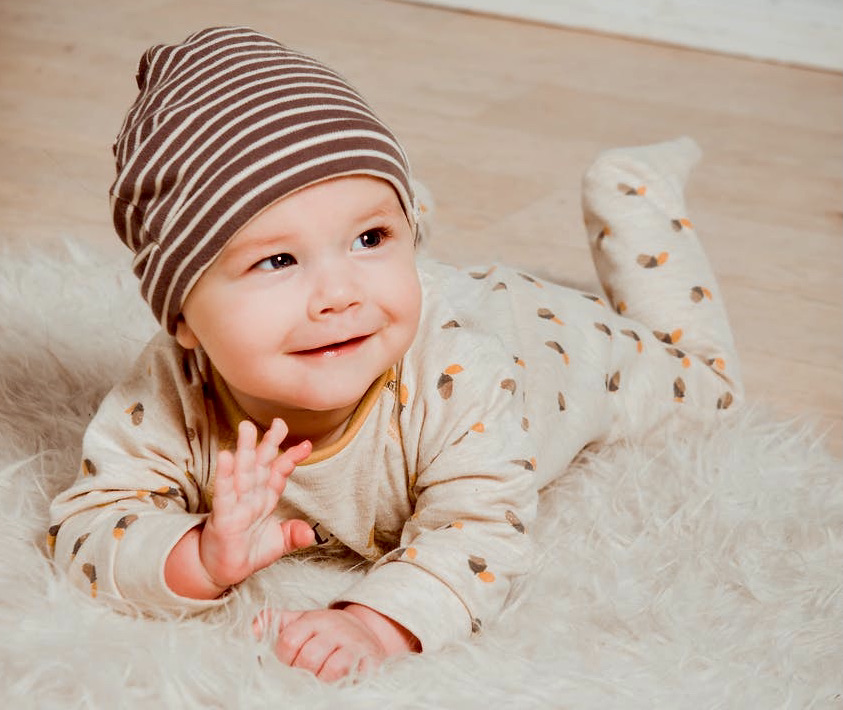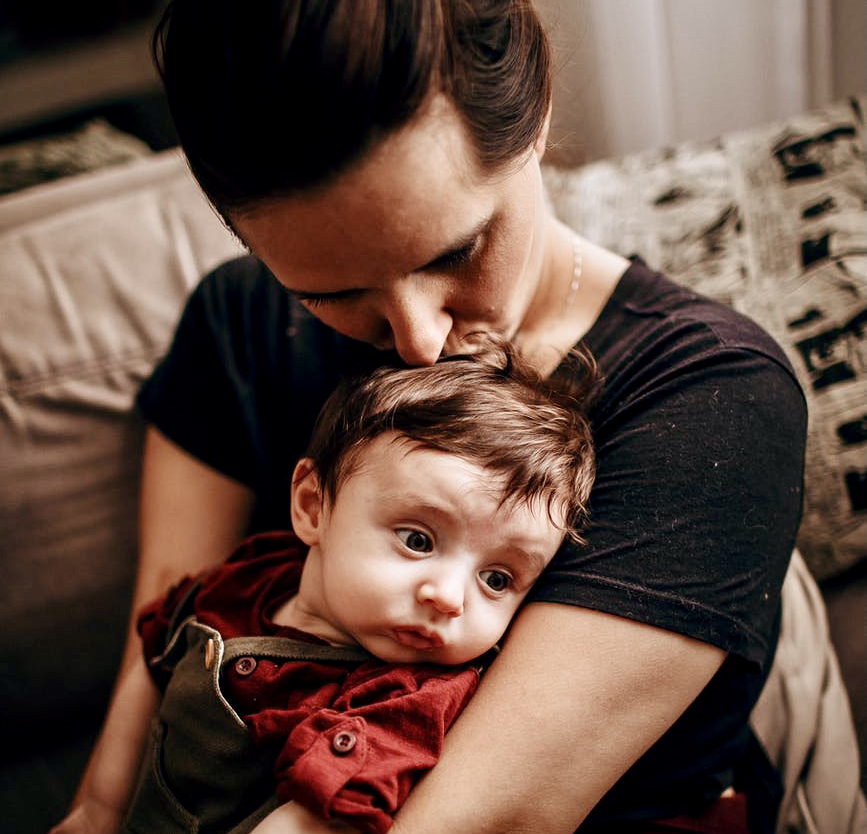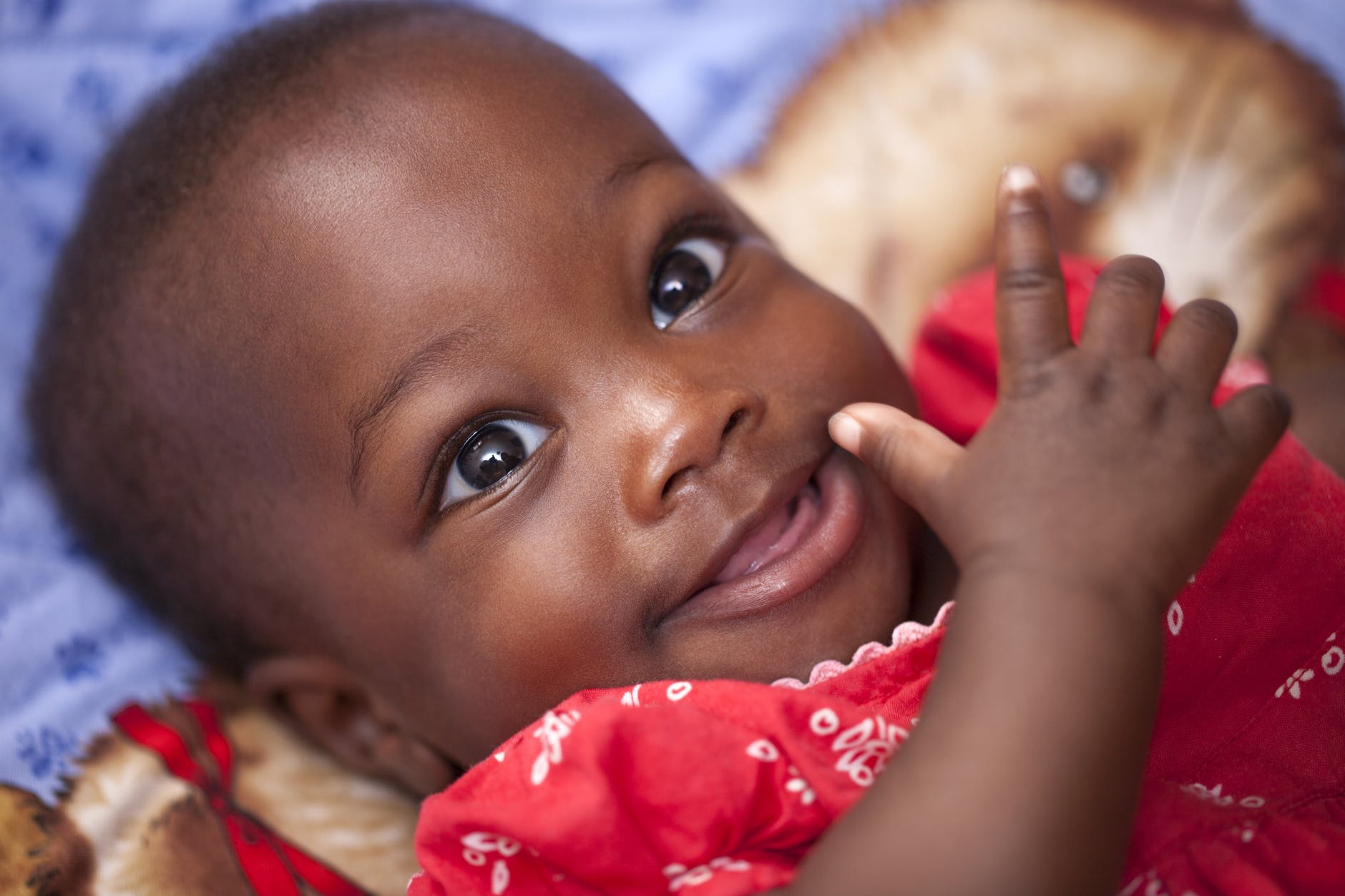Module 7: Communication
Communication—It’s Complicated
Children are surrounded by sounds every day. Typically, they quickly learn to recognize the sounds of language and understand how other sounds, like the phone ringing, are also meaningful. Children who can move, reach out, and explore their world have robust experiences of objects and people through play or within routines. These tangible experiences offer opportunities for children to associate sounds and words with their world.
Given that we live in a world with such a large focus on the spoken word, let’s think about what it takes to learn our first words.
There are two dominant ways of learning language: Analytic Language Processing, and Gestalt Language Processing (also called Natural Language Acquisition). Most of us are familiar with Analytic Language Processing, where children learn single words then build them into sentences.
Let’s look at how an Analytic Language Processor might learn the word ‘mama’.
Every time a child feels themselves being held by the nice, sweet-smelling lady with the familiar voice, they hear, “Mama loves you. You are Mama’s baby. I’m your Mama.”
The child’s brain can hear and recognize that “I am your mama” is a string of meaningful sounds with pauses in between them: I -Am-Your-Mama. The child can also recognize that one word is said more frequently than others, “Mama.” Over time, as the child hears the word mama more and more often, they begin to understand that the string of sounds—“Mama”—is a word used to represent the nice lady with the familiar voice.
The other dominant way of learning language is called Gestalt Language Processing. Children that learn language this way begin by associating meaning with an entire chunk of language (e.g., a sentence, a song, a movie script, etc.). In our example above, a Gestalt Language Processor might take the whole phrase “I Am Your Mama” and learn it as one ‘word’ or ‘gestalt’. A Gestalt Language Processor’s understanding of the meaning of that gestalt will be linked more to the feeling that they had at the time of hearing it (e.g., safety, warmth, happiness) rather than a literal understanding of the words (e.g., the nice lady with the familiar voice). When Gestalt Language Processors learn to speak their gestalts, this has historically been called ‘echolalia’ or ‘scripting’.
Making Meaning from Sounds
First, sounds enter the ear and travel to the brain. The brain interprets the sounds as words. These words are stored in the brain, kind of like a library. Brains are good at organizing. The brain knows that mama is that nice lady, who is different from aunty, another lady, or a mammoth, even though it sounds similar. Or, for a Gestalt Language Processor, they would know that “IAmYourMama” means feeling safe, warm, or happy.
First steps in the language-learning journey include:
- Understanding how sounds make patterns called words
- How those words and gestalts have meaning
This learning is facilitated by a child’s ability to hear, see, touch, smell, taste, and interact with the world around them. It requires that their brain be able to process, organize, categorize, and store all of the language that surrounds them, and relate that language to the real-world objects and other stimuli they interact with.
And that’s just learning to understand language! Let’s look now at what it takes to learn to speak.



Learning to Speak
Babies experiment with sounds. As they grow and develop, children’s speech becomes easier to understand as their muscle movements become more precise and coordinated. Here is how that process happens:

First, the brain plans what it wants to say: in this example, the word “mama.” The brain retrieves the meaning of mama from its stored library of words, ensuring that mama is the word the child really wants to say (and not aunty or mammoth).
Next, healthy lungs push the breath up through the vocal cords. The brain then co-ordinates the muscles for speech so that when the brain fires and says, “Lips, come together,” to start the word, the lips do so.
Speech sounds are shaped by our lips, teeth, tongue, nose, and palate, and there are over 100 muscles that work together to produce those sounds.
The sounds are also produced in sequence—through the nose for “m” and then out through the mouth for “a”—this coordinated movement produces the string of sounds: m-a-m-a. The child has said their first word.
Learning that sounds mean something and learning to speak are just parts of the process of communication.
Communicating with Language
Babies and young children develop communication through rewarding social interactions and experiences with their caregivers, other children, and adults. The child uses their eyes to look at their mother and see her response when they speak. When the baby sees her smile, they understand that the expression on her face means she’s happy. She’s showing pleasure. And when baby says, “Mama,” the mother responds to the baby by saying, “That’s right, I AM your Mama!” Mother and child are now taking turns talking and smiling together. Now the child wants to say the word again. They are learning that words are a powerful tool in life that can give them some control over their environment.
This process of learning new words continues throughout the early years of a child’s life. By the time they start school, most students will have learned and are using thousands of words. Once at school, they will learn how to communicate using letters (text)—reading and writing. With time, they will develop the capacity to use a variety of forms of communication with others. Some of these more specific forms are speech, reading, writing, and technology.